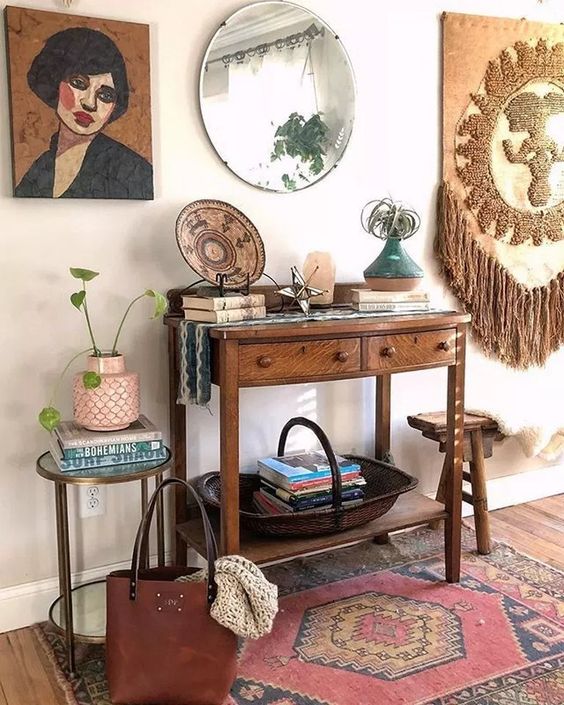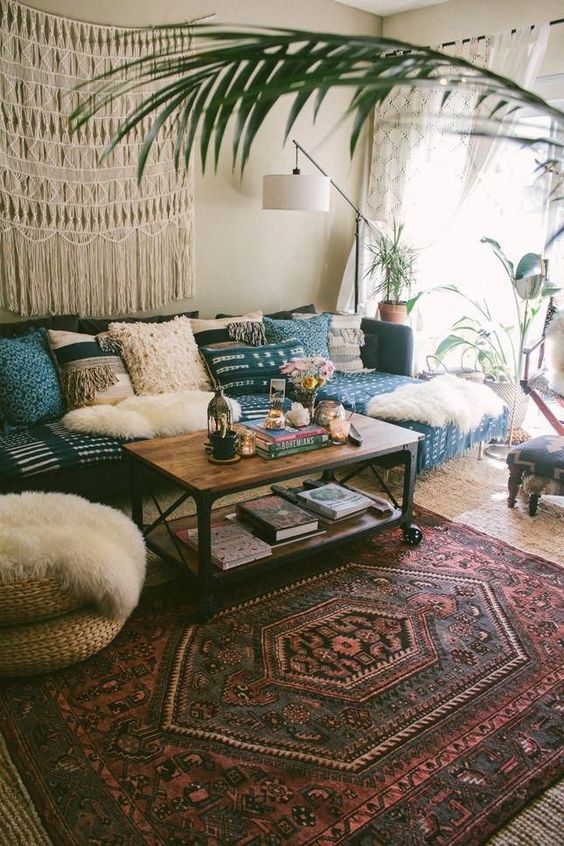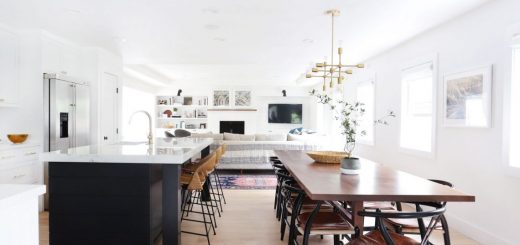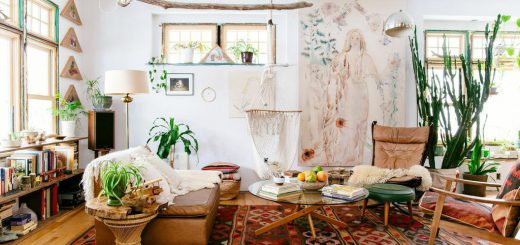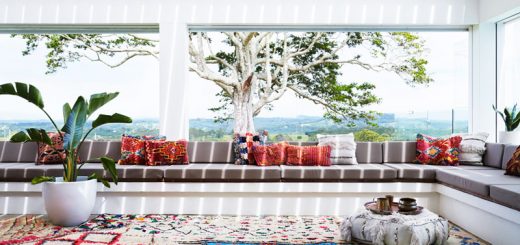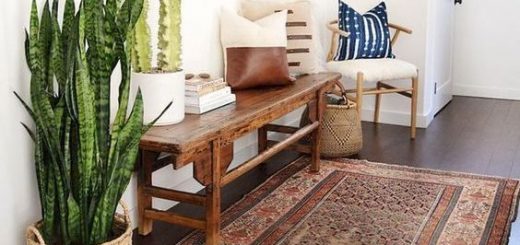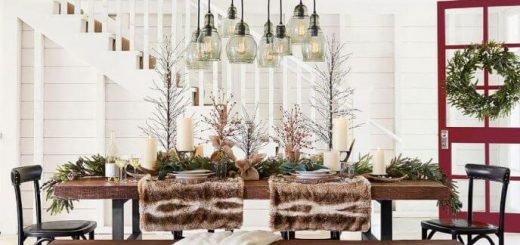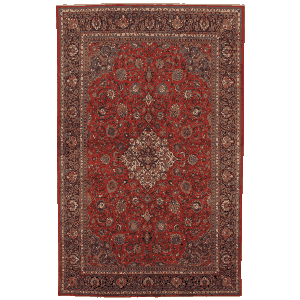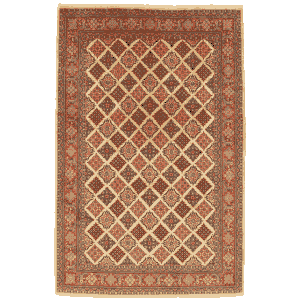How to Choose an Oriental Rug
Conventional wisdom says that decorating a room should start with the Oriental rug. After all, there are infinite choices in fabrics and paints and a well-chosen Oriental rug will outlast most everything else in the room.
Where to Start
Before you begin, take a little time to think about size and color; it will save you a lot of time and aggravation in the showroom. Draw a rough sketch of your room with the dimensions noted and furniture placed. If you’re shopping for a dining room rug, know the size of the table; you don’t want your chairs falling off the edge of the rug when you back up from the table. For stair runners, count the number of risers (each step has a riser and tread). Most new rugs come in sizes from 2 feet by 3 feet to 10 feet by 14 feet—although some come in larger sizes. Runners are typically 30 inches wide.
Conventional wisdom says that decorating a room should start with the Oriental rug. After all, there are infinite choices in fabrics and paints and a well-chosen Oriental rug will outlast most everything else in the room. Well and fine, and great advice if you are starting from scratch. More often than not, however, a rug is being chosen for an existing space with established color and style—so it’s very important to carry samples with you. Taking a photo of the rooms is also helpful. There are more colors and designs in Oriental rugs to chose from than ever before.
Once you know the size of the space and have color samples tucked under your arm, it’s time for the bigger questions. How much will it cost? How do I judge quality? Where do I go from here?
What to Look For
The price of an Oriental rug is based on:
1. Quality
2. Country of origin
3. Age
4. Condition
5. Decorative demand
Most people quite literally “get tied up in knots” judging the quality of Oriental rugs. In over 25 years in the business of buying, selling, and appraising Oriental rugs, I have counted the knots on less than 100 of them. There are more important things to judge by. The weave should be fine enough to clearly express the motifs of the design. A bold geometric design may have less than 100 knots per square inch while a detailed floral pattern may require 300 or more. While tightness and regularity of weave are important, the quality of the wool determines the resilience and lasting patina of a rug. The quality and fastness of the dyes are also important.
Among modern rugs (those woven in the past few decades), one should look at the “personality” rather than “nationality” of the rug. Traditionally, Iran (Persia) was the source for the finest rugs—the benchmark against which all others were compared. However, the quality of rugs from India, Pakistan, China, Turkey, Tibet and Nepal has improved in the past 20 years to the extent that many Persian-design carpets from these countries are finer than the Iranian originals.
In addition to the factors above, the demand and price for Oriental rugs is highly dependent on design and color trends. Many of us remember the popular colors of the 1960s—orange, brown and green. Rugs woven in those “hot” colors flew out of the store. Today, even the finest of them are selling for a fraction of their original price. Classic designs tend to retain their value reliably.
Simply stated, age and condition affect the value of used rugs. All other factors being equal, age will increase the value, and adverse condition (i.e. stains and wear) will decrease the value.
Where to Look
Look at rugs—a lot of rugs—to learn what styles and qualities are available. Check out the range of prices for the types of rugs you love. Decide where you are comfortable doing business. Look for established firms that rely on repeat business for their success. Stores that specialize in Oriental rugs and have a wide selection of styles, qualities and prices are a great place to start. Avoid high-pressure “buy now” approaches. A dealer should take the time to listen to what you need and answer your questions. A reputable store will allow you to try the rug at home for a few days with no obligation.
You should also look for service after the sale. Buy from a dealer who will be around to deal with questions and concerns you may have down the road. Many dealers offer cleaning and restoration services and a select few own and operate their own facilities. Established dealers often have a trade-in policy on the rugs they sell and will accept rugs purchased elsewhere and try to sell them on consignment.
A note about appraisals. A current, honest appraisal of an Oriental rug by a qualified appraiser should include the type, origin, size, age, description of design and quality, condition, and retail replacement value. Beware of an appraisal that seems to greatly exaggerate the value of your rug. In case of loss, the inflated value you’ve been paying insurance premiums on may not be the basis of the settlement.
A well-chosen Oriental rug can become the soul of any room. Above all, enjoy the shopping experience. Learn what you can, but don’t get tied in knots.

